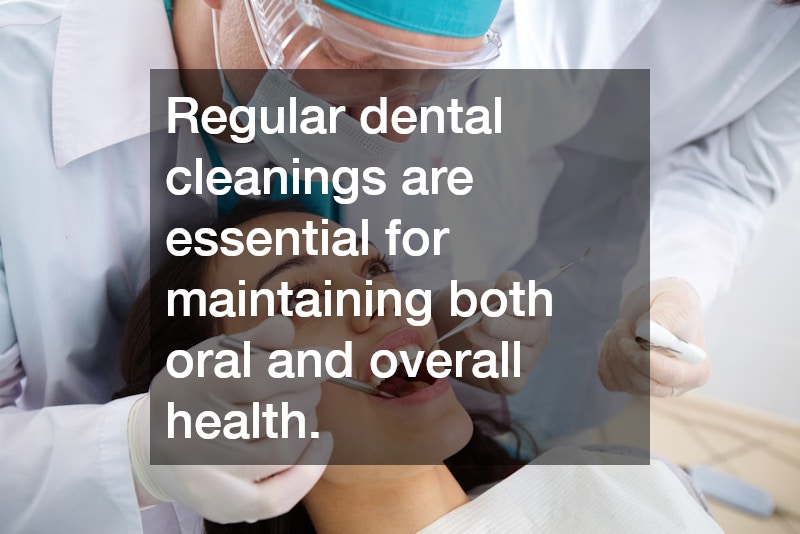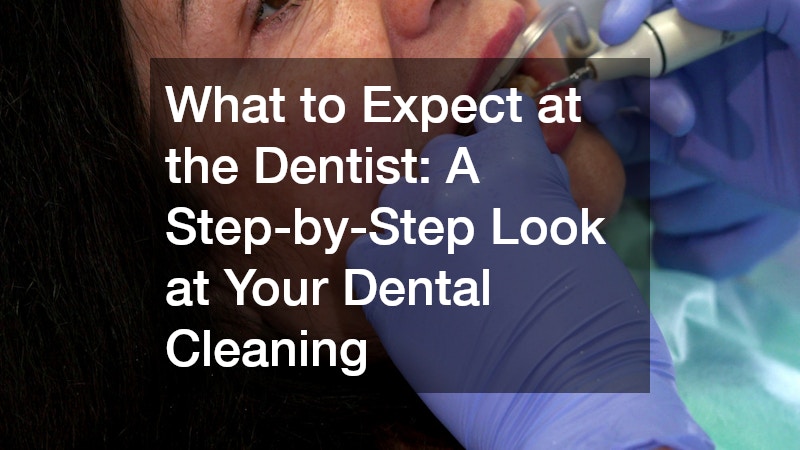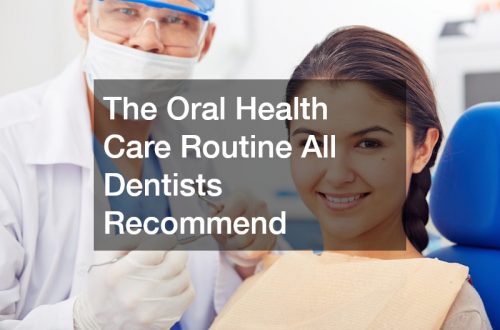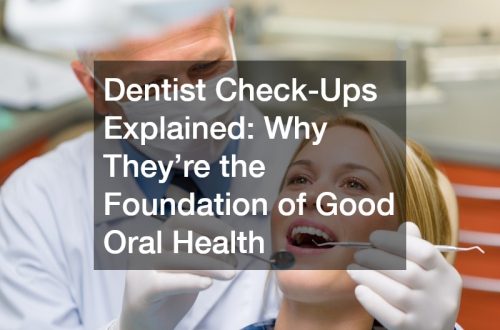What to Expect at the Dentist: A Step-by-Step Look at Your Dental Cleaning
Dental cleanings are a cornerstone of good oral hygiene and a key preventive measure in maintaining healthy teeth and gums. Even with consistent brushing and flossing, plaque and tartar can build up in areas that are difficult to reach. Regular professional cleanings help prevent cavities, gum disease, and other dental issues before they become serious.
This article walks you through what to expect during a dental cleaning, how often to schedule one, and what you can do to maintain a bright and healthy smile between visits.
What Happens During a Dental Cleaning?
Initial Examination
Every dental cleaning begins with a thorough examination. Your dentist or hygienist reviews your oral health history and visually inspects your teeth and gums. They may use a small mirror to check for signs of cavities, inflammation, or plaque buildup. If necessary, X-rays are taken to assess underlying conditions such as bone loss or impacted teeth. This step ensures the cleaning is tailored to your specific dental needs.
Removing Plaque and Tartar
Once your mouth has been examined, the hygienist begins the process of removing plaque and tartar. Using a small instrument called a scaler, they carefully scrape away hardened deposits from around your gum line and between teeth. Plaque is a soft, sticky film of bacteria that, if left untreated, hardens into tartar. Tartar can only be removed professionally, and its elimination is essential for preventing gum disease and decay.
Deep Cleaning and Polishing
After the tartar has been removed, your teeth are polished using a high-powered electric brush and gritty toothpaste. This process, known as polishing, removes any residual stains and smooths the tooth surfaces. It leaves your teeth feeling fresh, clean, and shiny. Polishing not only enhances the appearance of your teeth but also makes it harder for plaque to accumulate afterward.
Flossing Demonstrations
Your hygienist will then perform a professional flossing, which removes debris and plaque from between your teeth. They may demonstrate proper flossing techniques, showing how to glide the floss gently along the gum line without causing irritation. Learning and applying the correct method ensures you maintain oral cleanliness between visits.
Fluoride Treatment
The final step of a dental cleaning often involves fluoride treatment. Fluoride strengthens enamel, making your teeth more resistant to cavities. Afterward, you may be advised to avoid eating or drinking for about 30 minutes to allow the fluoride to fully absorb.
How Often Should You Get a Dental Cleaning?
General Recommendations
Most dentists recommend scheduling a cleaning every six months. These twice-yearly visits help maintain oral health and allow for early detection of potential problems. Regular visits are essential even if your teeth feel fine, as many dental issues develop silently.
Factors Affecting Frequency
Some patients may need more frequent cleanings depending on their age, overall health, and oral hygiene habits. People with gum disease, diabetes, or a history of cavities may be advised to come in every three to four months. Your dentist will recommend a schedule tailored to your situation.
Signs You Might Need More Frequent Cleanings
Bleeding gums, persistent bad breath, or visible tartar buildup are signs you might need additional cleanings. If you notice sensitivity, discoloration, or inflammation, schedule an appointment sooner rather than later.
Benefits of Regular Cleanings
Consistent dental cleanings not only prevent gum disease and tooth decay but also improve your overall health. Research links oral health to systemic conditions such as heart disease and diabetes, making cleanings an essential part of preventive care.
Is Dental Cleaning Painful?
What to Expect: Sensations During Cleaning
Most patients experience only mild pressure during a cleaning. The scraping sound of tools may feel uncomfortable, but it should not be painful. Your hygienist will ensure you are at ease throughout the process.
Managing Sensitivity
If you have sensitive teeth or gums, your dentist can use gentler instruments or apply desensitizing gel. It helps to inform them in advance about any discomfort or sensitivity issues.
Pain Alleviation Techniques
Topical numbing gels and local anesthesia can be used for patients with heightened sensitivity. These methods ensure that the cleaning remains comfortable and stress-free.
Post-Cleaning Soreness
It’s normal to experience mild gum tenderness or sensitivity for a few hours after a cleaning. Rinsing with warm salt water and avoiding very hot or cold foods can help soothe any temporary discomfort.
How Can You Maintain Clean Teeth Between Visits?
Optimal Brushing Techniques
Brush at least twice daily using a soft-bristled toothbrush and fluoride toothpaste. Use circular motions and spend at least two minutes cleaning all surfaces of your teeth.
Effective Flossing Habits
Floss once daily to remove plaque and debris between teeth. Slide the floss gently along the sides of each tooth and below the gum line for maximum effectiveness.
Dietary Considerations
Limit sugary and acidic foods, as they contribute to plaque formation. Eat a balanced diet rich in calcium, fiber, and vitamin D to support strong teeth and gums.
Using Mouthwash
An antibacterial or fluoride mouthwash helps reduce plaque, freshens breath, and provides extra protection against decay.
When to Schedule Follow-Up Visits
If you notice gum irritation, tooth sensitivity, or a sudden change in your oral health, schedule a dental visit right away. Preventive care is always more effective than reactive treatment.
Regular dental cleanings are essential for maintaining both oral and overall health. By understanding what happens during a cleaning and following proper hygiene at home, you can prevent most dental issues and enjoy a radiant, healthy smile. Make it a priority to visit your dentist every six months—and your teeth will thank you for it.







